History of Scotch
Usquebaugh, the gaeolic etymology word for Whisky, is intrinsically connected to the practice of trying to distill the water of life, or ‘Aqua Vitae’, in Scotland as long ago as the 15th century.
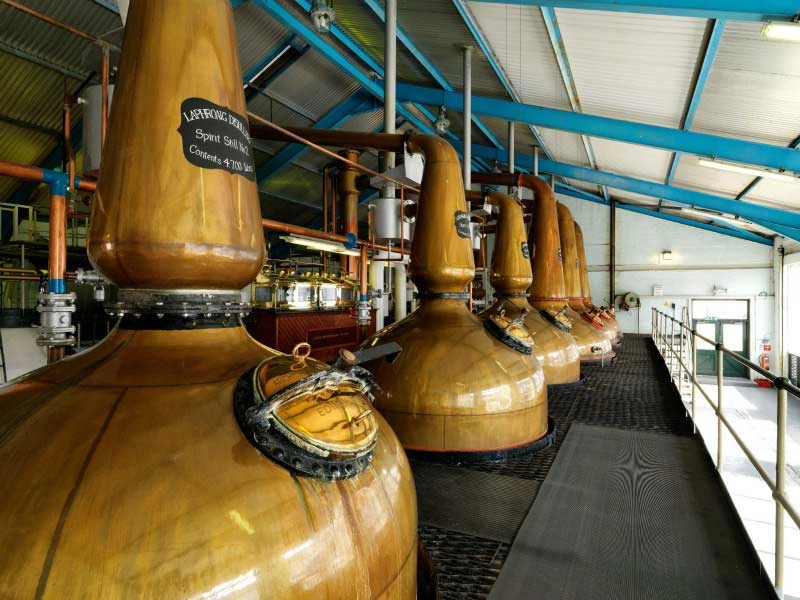
The Early Days
Distillation is said to have first practiced around 2000BC by the Babylonians in Mesopotamia, now known as the Middle East around Syria and Turkey. This practice was not done for consumption, but rather for the distillation of flowers and fragrant items, in the attempt to create perfumes. Distillation as a rule is the art of concentrating flavours and aromas.
Distillation would be the base of what we know as chemistry, and was being used by the chinese, as well as early Indian scientists. It wouldn't be until the 9th century where we see fermentation of wine being used for consumption.
In the 13th century many Latin texts were being translated and with this knowledge spread across Europe of distillation. By the end of the 13th century, the distilling of ‘worts’ was being mentioned in British literature.
By the 14th century the first mention of a spirit ‘Aqua Vitae’ is published, with Scotsman John Cor took delivery of “eight bolls of malt to make aqua vitae”.
The birth of Usquebaugh
At the time and up until the mid-16th century, monasteries were home to some of the most educated people, the monks, and with them not only was experimentation commonplace but they were also the spread of much information on distillation. Flavoured Usquebaugh would be produced, consumed and become commonplace for a further 300-400 years. Monastic disylling would come to a halt soon after 1536 when King Henry VIII was refused a divorce from the Pope. This became the foundation for his revolt against the Catholic Church and birth o f= his own new church, the Church of England.
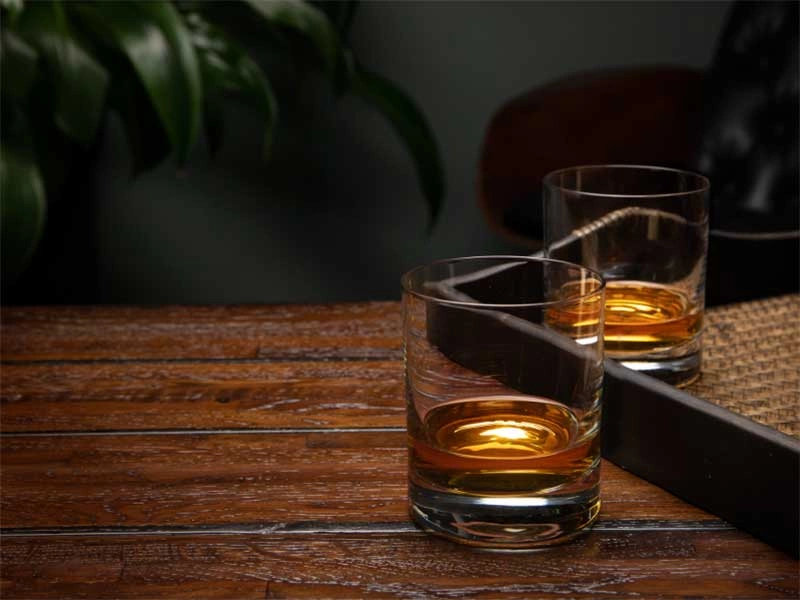
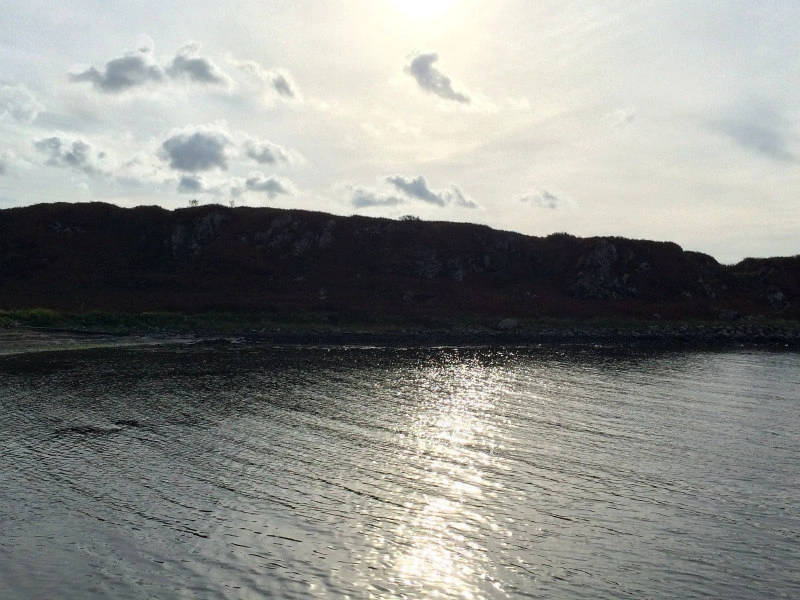
The birth of Usquebaugh cont...
His anger at the decision was also the basis for the dissolving of many monasteries, with many monks having to relocate their distilling practice to private homes. This movement would lead to distilling being commonplace within the public.
Early in the 18th century, Usquebaugh being enjoyed throughout the Scotich islands, where it is noted by a traveller called Martin Martin that the drink was being enjoyed; “all was drunk out whatever the liquor was, whether strong or weak; they continued drinking sometimes twenty four sometimes forty eight hours...”
The birth of Usquebaugh cont...
At the time the Usquebaugh or simply Usky was being flavoured or drunk in the form of a punch with the addition of local citrus, honey, water and spices. This small scale distillation was commonplace throughout the Highlands and Islands of Scotland. A way for local farmers to use their own crops of surplus grain, to pay rent, barter with or enjoy in times of celebration. In the Lowlands however, many small-scale distillers were selling their spirits to London for Gin production. The government took wind of this and would impart taxes to quell the spread of poorly made spirits. Laws were also put in place for would be distillers to only have one still per home to minimise the growth of the industry. Production in the lowlands slowed and those looking for a dram of whisky would look towards the Highlands for a spirit or any quality.
At the time the best moonshiners were concentrated in the remote regions of Glenlivet and Islay, This was the heyday of smuggling in Britain and distillers with key transport contacts to the south were richly remunerated.
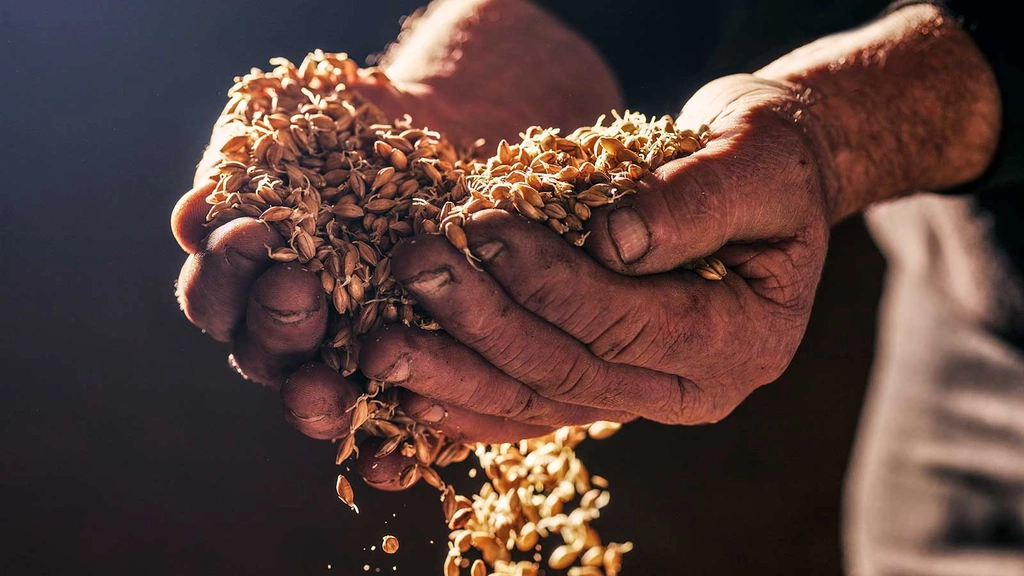
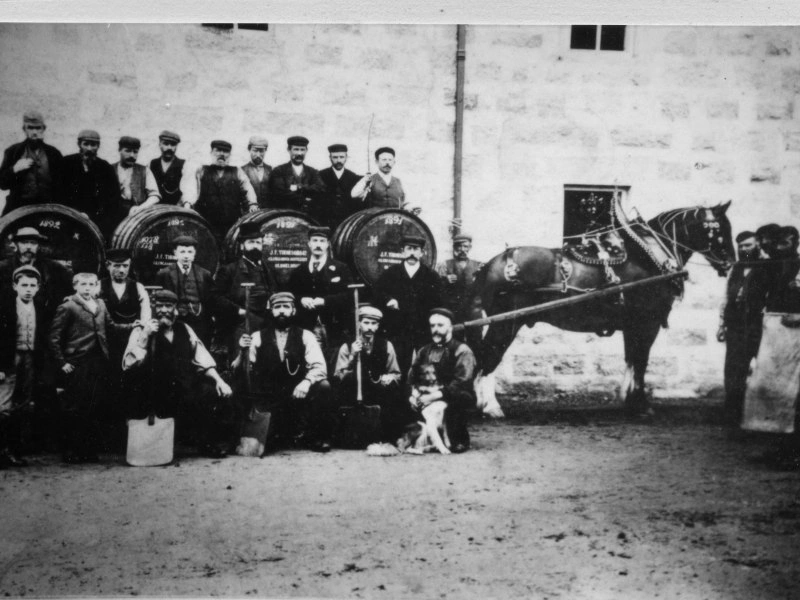
New beginnings
In 1823, the landowners, led by the Duke of Gordon, agreed that they would uphold a new law, which abolished the Highland Line, cut duty and permitted 40-gallon stills.
Capital could be invested in rural distilling. The places that most eagerly took up the new laws were concentrated to Speyside, Islay and Campbeltown.
In the lowlands, however, the distillers there were looking at expediting production, and with an eye to technology would initiate the production of grain whisky produced in continuous stills.
Scotch whisky as we know it, was hardly a resounding success at this time. Irish whiskey and rum were the beverages of choice and very little scotch was exported even as far as London.
19th Century
It wasn't until later in the 19th century when scotch whiskies started to follow their Irish brethren, by allowing names to be included on bottle ( as a sign of quality). As well as this, malt whiskies were being blended with grain whisky to achieve consistency, bring down the cost and be available all year around. Certain styles attracted to emerge from different blenders, and this brought about brand recognition from consumers.
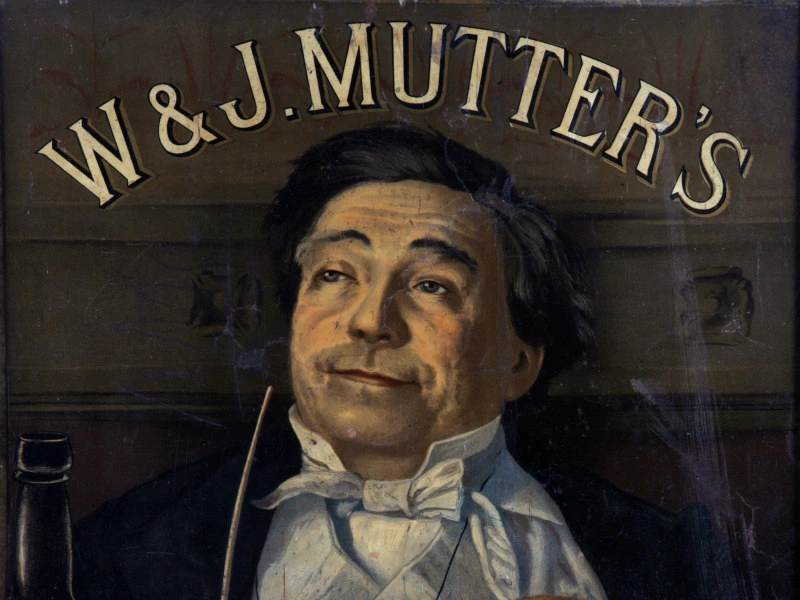
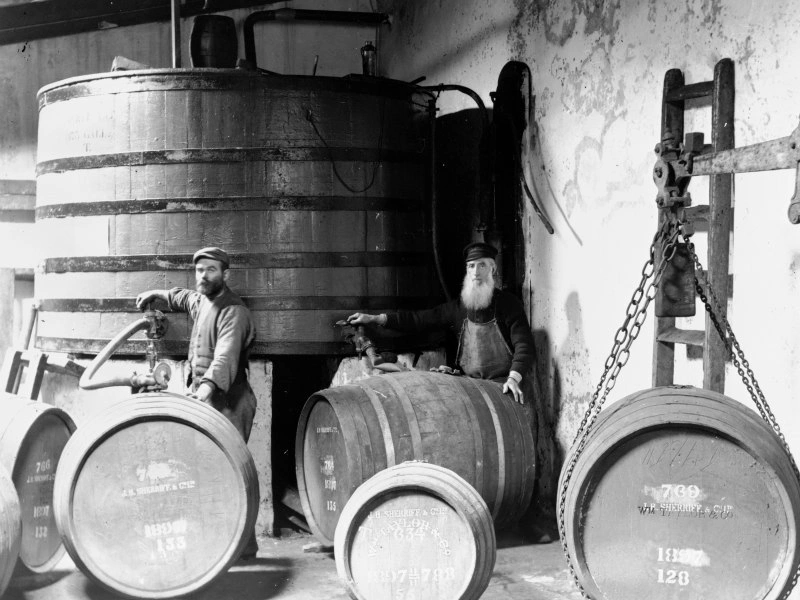
Modern Whisky
By the end of the 19th century, blended whiskies were to be exported to as far afield as Australia. Scotch was starting to go viral. Meanwhile a virus of another kind was taking hold in France that would also benefit Scotch Whisky. In 1872, phylloxera, a decimating virus that wiped out Cognac’s vineyards, would take hold. Middle class gents began to look for an alternative to their evening brandy & soda. Enter the Scotch Highball.
20th Century
The 20th century would see a dramatic rise in the consumption of Scotch. Brands would adopt logos, use advertising agencies and appear in film. During the first world was all distilleries were closed, however in the 1920’s the industry would emerge in better shape than its two biggest rivals, Irish and American whiskey, whilst American whiskey faced the setbacks of Prohibition, the Irish would be cut off the British Empire, largely closing the avenues to market that afforded Irish distillers.

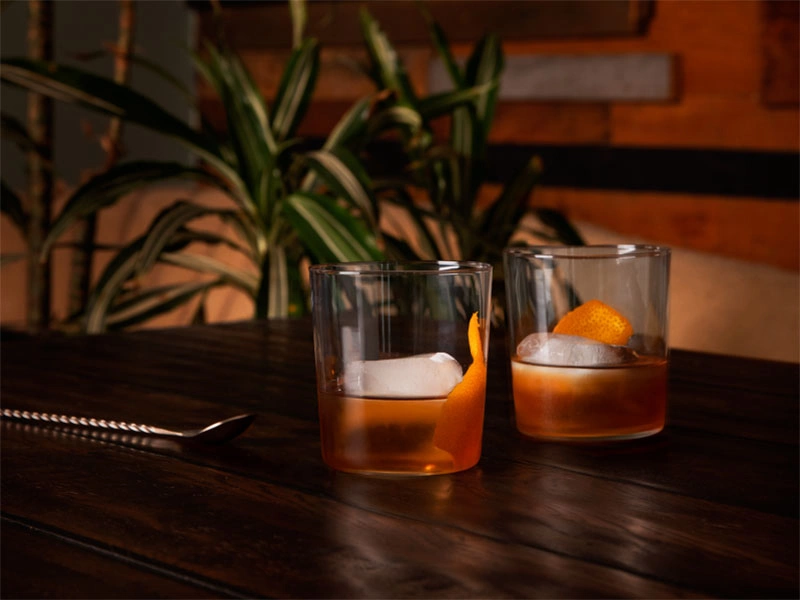
20th Century cont...
The rise of Scotch consumption, not only in blends, but in cocktails would be fortuitous until the 1970’s, where whisky faced two decades of decline,. Increasing vodka consumption from a younger generation forced many distilleries to close (up to 40). By the 1980’s something peculiar started to happen, Spain and other markets started to adopt malt whisky as a drink of choice, and the rise of Malt whisky meant consumers attracted to appreciate the finer and intense elements certain distilleries produced.
Today’s World of Whisky
To this day blended whisky is still by far the most widely consumed style of Scotch, but all across the world consumers are paying close attention to not just the biggest distilleries in the Speyside region of Scotland, but to the smallest of scale distilleries peppered throughout the country. Bartenders are also enjoying experimenting with the breadth of flavours malt and blended whisky affords them, creating Scotch cocktails of a calibre never seen before.
There are now over 110 active Scotch distilleries with the trend showing no signs of slowing.
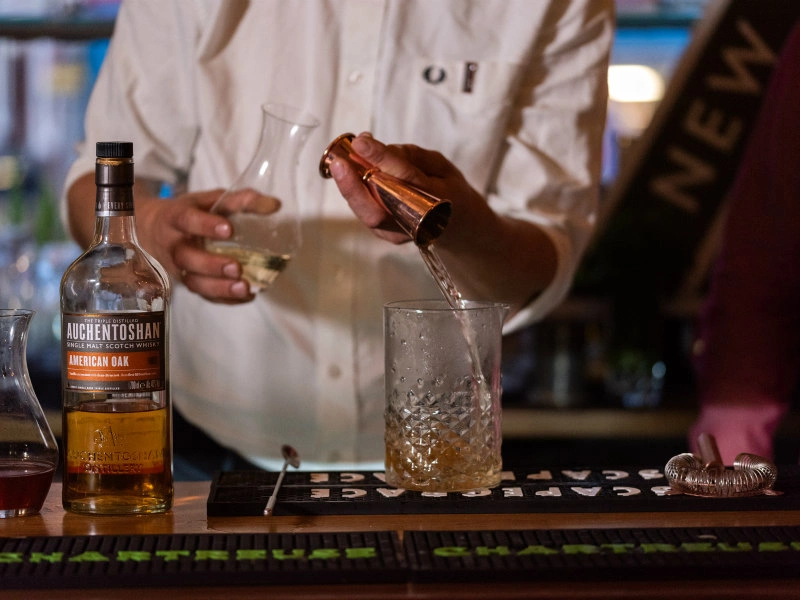

Scotch Whisky Production
Scotch can be roughly categorised into two distinct camps. Malt Whisky and Blended Whisky. Neither is better than the other, however both go through a distinct process initially.
